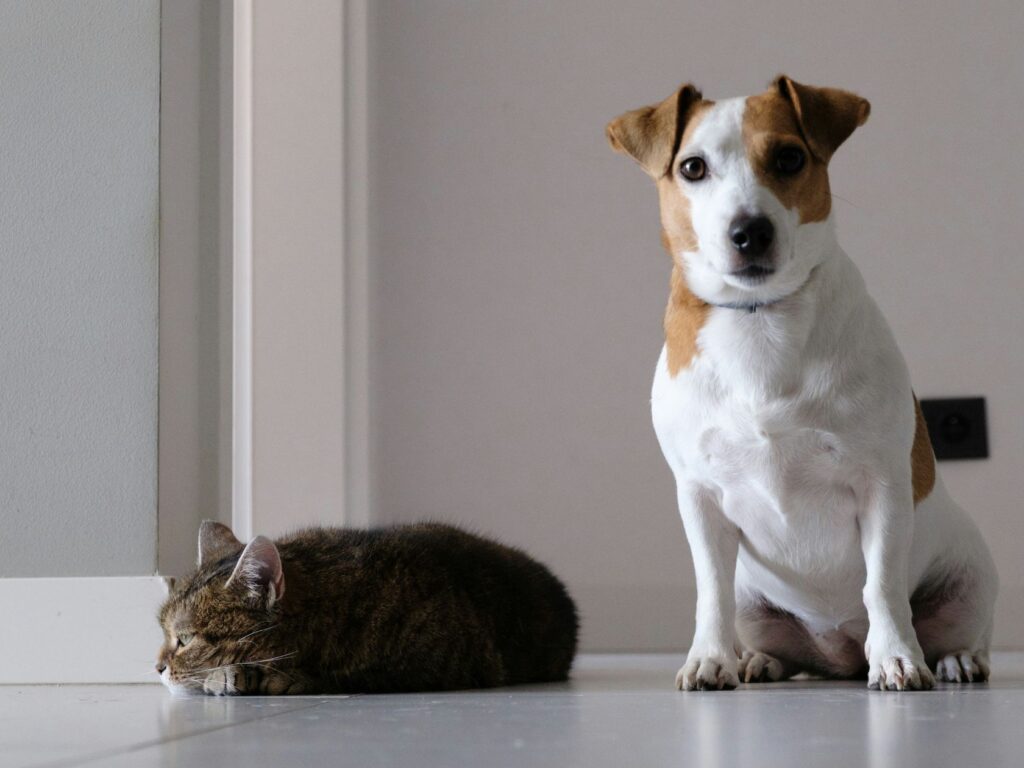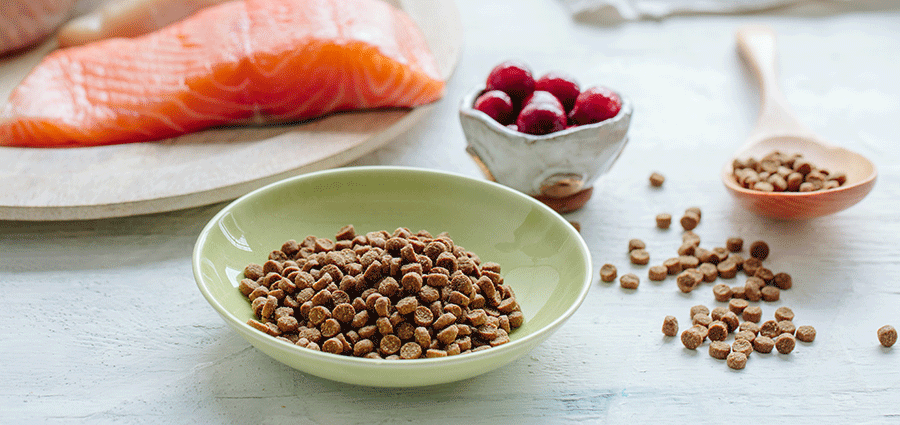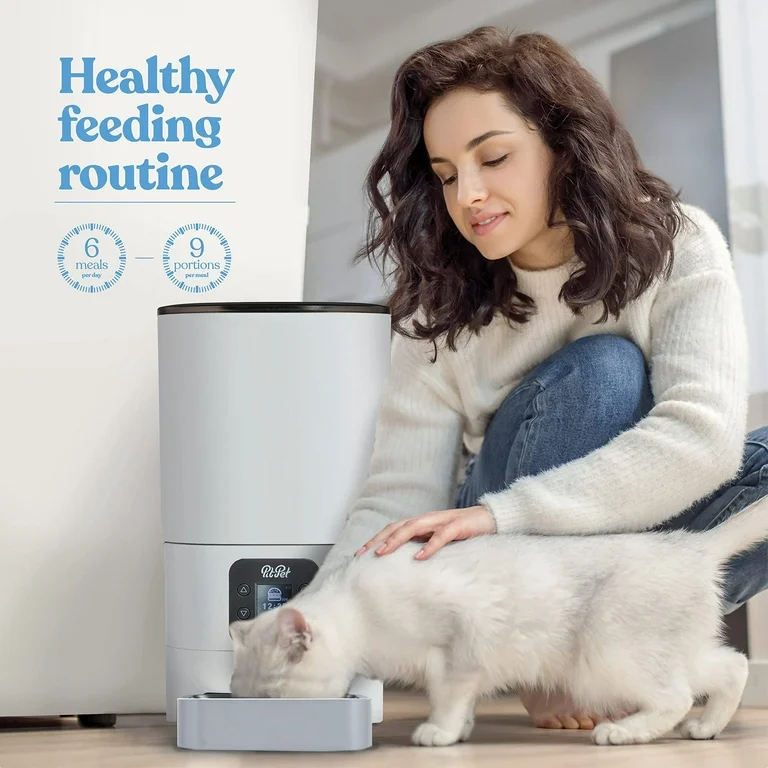1. Introduction: Why This Guide Matters
This definitive guide equips pet owners with everything needed for optimal pet care. We combine breed guides, health tips, and the latest in grain‑free diets and smart‑home gadgets, So your beloved companion thrives in a modern, tech‑savvy home.
Medicine: pets health care

2. Choosing the Right Breed
2.1 Breed Size & Lifestyle Fit
- Small dogs (e.g., Chihuahua, Pomeranian): ideal for apartment life but may need mental stimulation.
- Medium dogs (e.g., Border Collie, Bulldog): moderate exercise; good for families.
- Large dogs (e.g., German Shepherd, Great Dane): need space and exercise.
- Cats: independent, low maintenance yet need mental enrichment.
Next Read: Why Is My Cat Not Getting Pregnant?
2.2 In‑Depth Breed Guides
| Breed | Temperament | Exercise Needs | Shedding/Grooming | Ideal For |
|---|---|---|---|---|
| Border Collie | High energy, smart | 1–2 hrs/day | Low-medium | Active families, agility |
| Bulldog | Calm, affectionate | Low-moderate | Medium | Apartment living, low activity |
| Golden Retriever | Friendly, trainable | Moderate | High | Families, therapy roles |
| Persian Cat | Calm, quiet | Low-moderate | High | Homebodies, grooming lovers |
Tip: Always match a breed’s needs to your lifestyle, climate, household size, and exercise ability.
3. Essential Health & Wellness
3.1 Common Health Issues by Breed
- Hip dysplasia: common in German Shepherds, Labradors.
- Brachycephalic syndrome: affects Bulldogs, Pugs (difficulty breathing).
- Dental issues: small breeds and older dogs.
- Heart murmur & CHF: seen in Cavalier King Charles Spaniels.
3.2 Preventive Care
- Vet visits every 6–12 months (depending on age).
- Vaccinations: core and lifestyle vaccines.
- Parasite prevention: fleas, ticks, heartworm.
- Dental hygiene: brushing, chews, annual cleaning.
3.3 Nutrition & Grain‑Free Diets
- Grain‑free diets promise hypoallergenic benefits.
- Research: Some links to heart disease (DCM) found in certain breeds; consult your vet.
- Functional foods: containing probiotics, glucosamine, omega‑3s for joint and gut health.
- Hydration: wet food, water fountains ensure intake.
- Superfoods: blueberries, pumpkin for fiber, antioxidants.
4. Smart‑Home Integration for Pets
4.1 Automated Feeders & Waterers
- Benefits: scheduled feeding, watch consumption patterns.
- Options: gravity bowls, programmable feeders with cameras.
4.2 Smart Doors, Cameras & Monitoring
- Dog doors that open via collar sensor.
- Indoor cameras with treat dispensing and barking alerts.
- App alerts allow remote tracking and interactions.
4.3 Health Tracking & Wearables
- Wearables (e.g., FitBark, Fi collar): monitor activity, sleep, location.
- Pros: Early detection of behavioral or health changes.
- Cons: Cost, battery life, data privacy.
Next Read: How to Care for [Animal]: Complete Habitat, Diet & Breeding Guide
5. Setting Up a Pet‑Friendly Smart Home
5.1 Step‑by‑Step Integration
- Identify pain points (feeding, separation anxiety, safety).
- Choose upgrades (e.g., feeders, doors, cameras).
- Map devices spatially (location, Wi‑Fi range).
- Sync apps with routine and remote control usage.
- Train your pet on new gadgets gradually.
5.2 Common Mistakes to Avoid
- Ignoring Wi‑Fi strength under yard fences
- Overloading the network with multiple cameras
- Skipping training, leading to gadget misuse
- Neglecting maintenance: cleaning feeders/cameras
6. Daily Care & Training Tips
6.1 Socialization & Behavioral Training
- Puppy socialization at 8–16 weeks.
- Positive reinforcement and structured reward systems.
- Clicker training: builds trust and clarity.
6.2 Grooming, Cleaning & Safety
- Brushing: breed-specific frequency.
- Bathing: only when necessary to avoid skin issues.
- Nail care, ear checks, seasonal paw protection.
- Home proofing: remove toxic plants, chemical storage, secure cords.
7. Trend Spotlight
7.1 Grain‑Free Diets: Pros & Cons
- Benefits: Some pets with sensitivities respond well.
- Concerns: Rare heart risks—consult your vet before switching.
- Balanced diets remain best for most animals.
7.2 Smart Toys & Robotic Play
- Waggle, iFetch: automated ball launchers.
- Laser toys: interactive play.
- Consider supervision: avoid overheating or frustration.
7.3 Eco‑friendly & Pet‑Subscription Boxes
- Biodegradable poop bags, toys from recycled materials.
- Subscription boxes (e.g., BarkBox): variety, tailored to breed and lifestyle.
8. Checklist
Make sure your article targets:
- Primary: pet care tips, breed guides, grain‑free diets, smart home integration for pets
- Secondary: pet health issues, dog breed tips, cat breed guide, grain-free pet food, smart pet gadgets, pet wearables, automated pet feeder
- Long‑tail: how to choose a dog breed for apartment, grain‑free diet benefits, best smart pet camera, pet hydration smart device
9. Conclusion & Final Tips
- Choose breeds wisely—match size, temperament, and energy to your home
- Stay proactive about health: vet visits, preventive care, and dental hygiene
- Research nutrition—grain-free may help, but not for all; monitor health risks
- Integrate smart‑home tech thoughtfully—ease your pet’s daily life and provide peace of mind
- Keep training, grooming, and environmental safety at the forefront
Final Takeaway
Combining breed‑specific guidance, health diligence, nutrition trends, and smart‑home innovation gives your pet the best chance at a happy, healthy, fully integrated life. With structured planning and this step‑by‑step guide, you’ll elevate your home—and your bond with your fur friend—to the next level.





